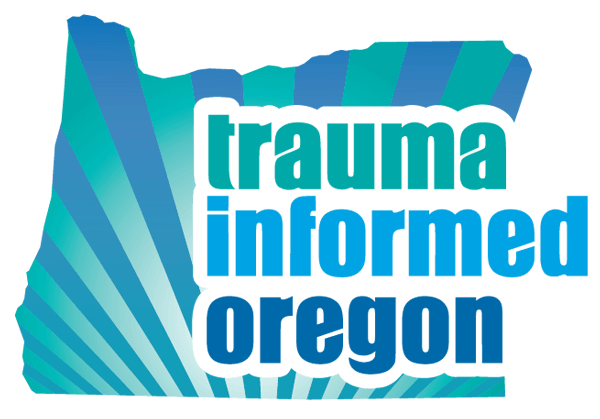Wellness and Trauma Informed Care Overview
 Workforce Wellness and Organizational Change
Workforce Wellness and Organizational Change
Wellness is a big term, and one that is often cultural, historical, and contextual in nature. At TIO, we use the term workforce wellness to denote a lever of culture change, within the larger mechanism of trauma informed care implementation, that deserves strategic attention.
 Why We Focus on Workforce Wellness
Why We Focus on Workforce Wellness
- The work itself, of civic engagement and social service (including education, healthcare, corrections, human services, etc.), can be hard on the mind, body and spirit
- The conditions under which the work is done – including the environmental, procedural and bureaucratic systems – often add a level of stress on the workforce
- Disproportionate burdens remain in the workplace for historically marginalized individuals, including
- Historically underpaid and undervalued professions (e.g., community health workers)
- Geographic regions (e.g., rural), and
- Multiple levels of macro/microagressions that non-white workforce endures (e.g., Black nurses)
- A workforce that is experiencing toxic stress due to any combination of the items in this list will have a difficult time providing services in a trauma informed (e.g., collaborative, consistent, transparent), creative, sustainable, and equitable manner.
 How to Measure Workforce Wellness
How to Measure Workforce Wellness
There are many ways to capture the wellness index of a staff. As per TIC principles, we suggest that a representative sample of the workforce itself be included in the measurement selection process. Some examples of measurable components may include:
- Employee retention and internal promotion (e.g., longevity and promotion)
- Employee referral (i.e., rate at which employees recommend this workplace to a friend)
- Employee burnout (measured by the Maslach Burnout Inventory)
- Employee quality of life (measured by the Professional quality of life scale (ProQOL))
- Employee sense of belonging and purpose
 Workforce Wellness Through a Trauma Informed Care Lens
Workforce Wellness Through a Trauma Informed Care Lens
At TIO we pay special attention to factors that compromise and/or promote wellness of individuals, groups and communities. Through the TIC lens, we speak of workforce wellness on three dimensions:
- Intrapersonal level (e.g., “self care” strategies for emotional balance)
- Interpersonal level (e.g., restorative justice circles)
- Systemic/organizational level (e.g., robust onboarding process for new hires)
While TIC efforts are often grounded in external-facing efforts to promote restorative and healing ways of engaging clients, patients, stakeholders and participants, workforce wellness reminds us that equal amounts of resource and energy must be put into the inward-facing TIC efforts. At TIO we believe that to be an agent and champion of TIC one must experience what it’s like to be on the receiving end of it.
